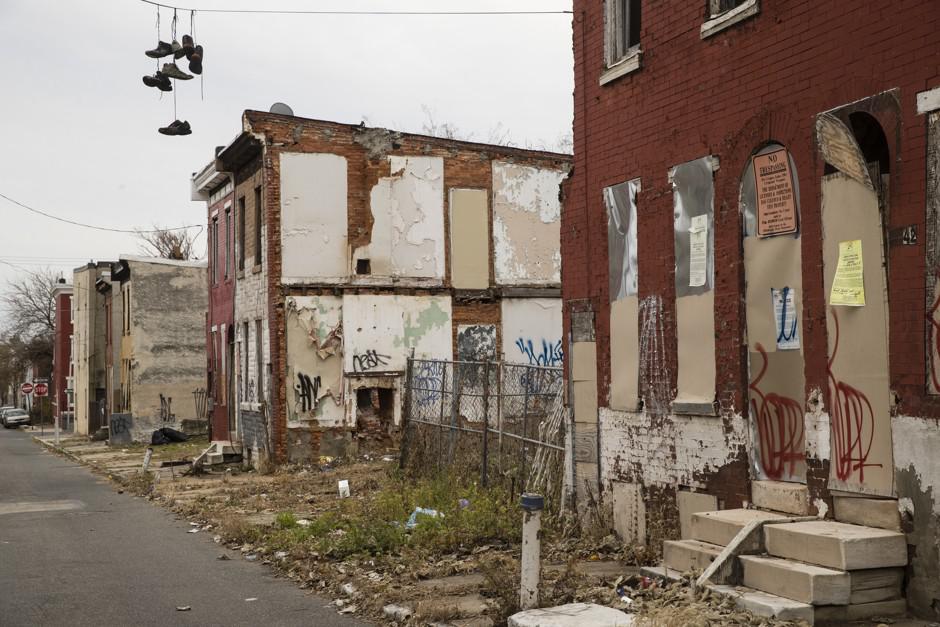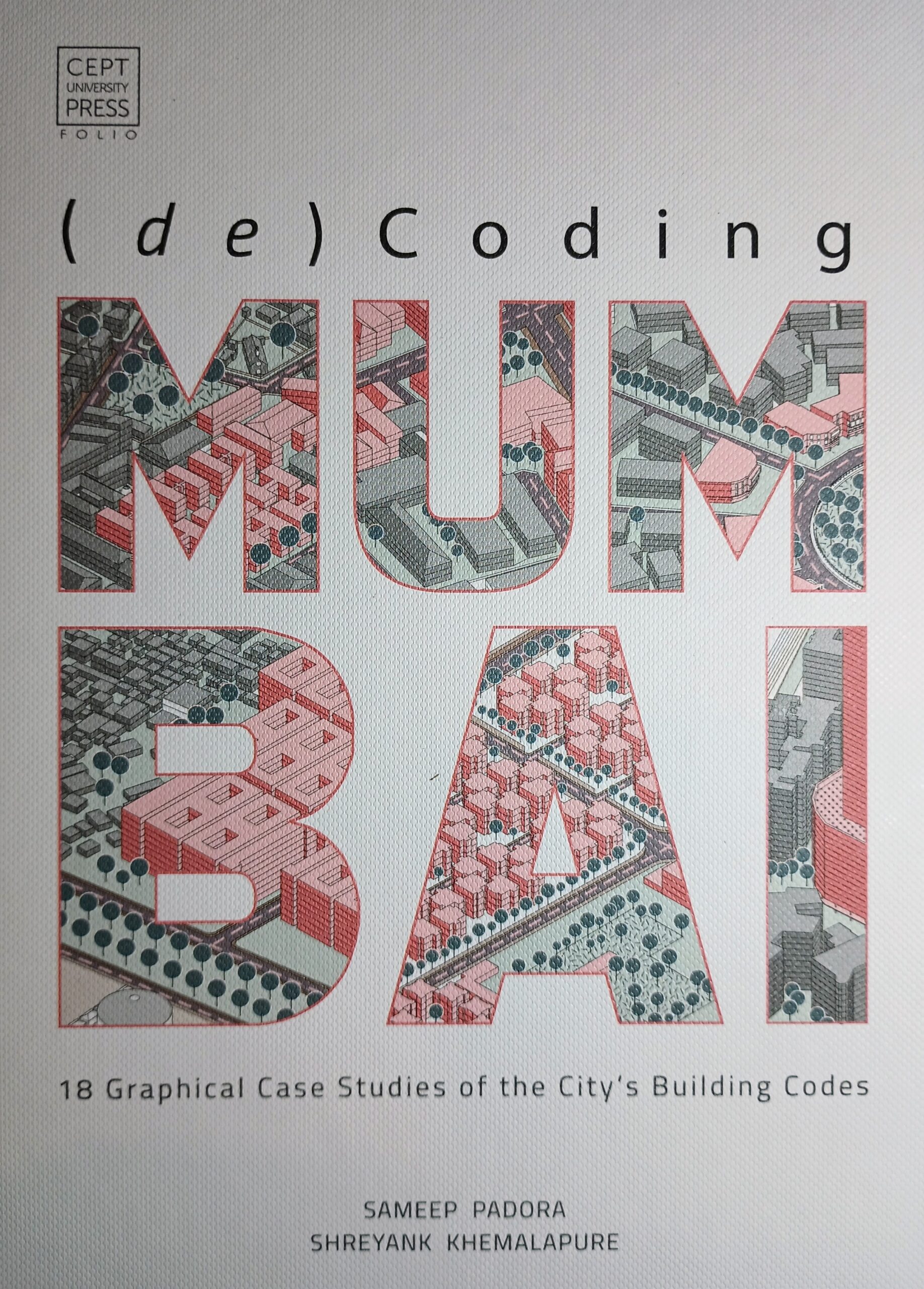Physical Address
304 North Cardinal St.
Dorchester Center, MA 02124
Physical Address
304 North Cardinal St.
Dorchester Center, MA 02124
In Chapters 2 and 3, Ellsworth tries to argue for supply skepticism- that is, the idea that new housing (or at least the high-end towers that she opposes)* will not reduce rents or housing costs. She has made some effort…
In my last post I critiqued the introduction to Lynn Ellsworth’s new anti-YIMBY book, Wonder City. Having just finished Chapter 1, I thought I would add my thoughts. Ellsworth seems to be primarily motivated by a fear of something called…
A review of a book that endorses more flexible zoning, but doesn't reject zoning entirely.

Is it even possible today to write a vigorous argument in favor of the urban renewal policies of the 1950s? I doubt it. Jeanne Lowe's 1967 "Cities in a Race with Time* is a sympathetic account of the urban renewal era in its own terms. How does it hold up?

In Mumbai, there is a specific type of architect who has become the interpreter of regulations and there are those architects who are aestheticians working on building skins. As much as there is convenience in this split, it has taken away a big part of the agency of the architects in the city.

Continuing this series of book reviews on Jane Jacobs’ works, I now turn to Cities and the Wealth of Nations. But there is already a fantastic piece on the Market Urbanism website, by Matthew Robare, who reviews this book and outlines what Jacobs overlooks in her analysis. So, this piece takes a slightly different angle: inspired by (but not limited to) Jacobs’ ideas, it aims to highlight what mayors, governors and urban policymakers could do differently if they are serious about developing their cities into economic powerhouses. Here are some of the most important takeaways from this book and also how they can be expanded upon. (1) Focus on cultivating import-replacement The economies of cities do not grow out of nothing. They grow by adding productive new forms of work to old ones, by innovating, and by being cultivators of new ideas and techniques. This process of cataclysmic growth – that Jane Jacobs describes as ‘import-replacement – occurs when a city takes its existing imports and builds upon them, either improving its production through lowering costs, increasing quality, or innovating. The market for these additional goods can either be found within the city itself or serves to expand the city’s exports. These exports, in turn, bring in additional resources to either acquire additional imports or be reinvested into fuelling the processes that fuel import-replacement. Not for nothing does Jacobs describe import-replacement as a ‘cataclysmic’ process – these changes often happen over a very short period and can bring about a rapid influx of people, ideas and capital. We see this in New York City, which grew from half a million residents in 1850 to over 3.4 million at the dawn of the twentieth century. Detroit went from having 250,000 residents in 1900 to a peak of 1.8 million by 1950. […]

At the heart of Jane Jacobs’ The Economy of Cities is a simple idea: cities are the basic unit of economic growth. Our prosperity depends on the ability of cities to grow and renew themselves; neither nation nor civilisation can thrive without cities performing this vital function of growing our economies and cultivating new, and innovative, uses for capital and resources. It’s a strikingly simple message, yet it’s so easily and often forgotten and overlooked. Everything we have, we owe to cities. Everything. Consider even the most basic goods: the food staples that sustain life on earth and which in the affluent society in which we now reside, abound to the point where obesity has become one of the leading causes of illness. Obesity sure is a very real problem and one we ought to work to resolve (probably through better education and cutting those intense sugar subsidies). Yet this fact alone is striking! For much of mankind’s collective history, the story looked very different: man (and it usually was a man) would spend twelve or maybe more hours roaming around in the wild to gather sufficient food to survive. Our lives looked no different to the other animals with which we share the earth. An extract from The Economy of Cities: ‘Wild animals are strictly limited in their resources by natural resources, including other animals on which they feed. But this is because any given species of animal, except man, uses directly only a few resources and uses them indefinitely.’ What changed? Anthropologists, economists, and historians will tell you it was the Agricultural Revolution, which occurred when man began to settle in small towns and cultivate the agricultural food staples that continue to make up the bulk of our diet: wheat, barley, rice, corn, and animal food products. But […]

Jane Jacobs’ The Death and Life of Great American Cities, published in 1961, revolutionised urban theory. This essay kicks off a series exploring Jacobs’ influential ideas and their potential to address today’s urban challenges and enhance city living. Adam Louis Sebastian Lehodey, the author of this collection of essays, studies philosophy and economics on the dual degree between Columbia University and SciencesPo Paris. Having grown up between London and Paris, he is energised by the questions of urban economics, the role of the metropolis in the global economy, urban governance and cities as spontaneous order. He works as an Applied Research Intern at the Mercatus Center. Since man is a political animal, and an intensely social existence is a necessary condition for his flourishing, then it follows that the city is the best form of spatial organisation. In the city arises a form of synergy, the whole being greater than the sum of its parts, for the remarkable thing about cities is that they tap into the brimming potential of every human being. In nowhere but the city can one find such a variety of human ingenuity, cooperation, culture and ideas. The challenge for cities is that they operate on their own logic. Cities are one of the best illustrations of spontaneous order. The city in history did not emerge as the result of a rational plan; rather, what the city represents is the physical manifestation of millions of individuals making decisions about where to locate their homes, carry out economic transactions, and form intricate social webs. This reality is difficult to reconcile with our modern preference for scientific positivism and rationalism. But for the Polis to flourish, it must be properly understood by the countless planners, reformers, politicians and the larger body of citizens inhabiting the space. Enter Jane […]
In Escaping the Housing Trap, Charles Marohn and Daniel Herriges address the role of zoning in creating the housing crisis. Like some other recent books (most notably by Nolan Gray and Bryan Caplan) this book shows how zoning limits housing supply and thus has led to our current housing crisis. But unlike Gray and Caplan, Marohn and Herriges focus on modest, politically feasible reforms rather than on the benefits of total deregulation. Like other authors, Marohn and Herriges discuss the history of downzoning. For example, in Somerville, Mass., a middle-class suburb of Boston with 80,000 residents, only 22 houses conform to the city’s own zoning code. And in San Francisco, 54 percent of homes are in buildings that could not legally be built today. In Manhattan, 40 percent of buildings are nonconforming. Why? Because zoning has become steadily more restrictive over time, making new housing difficult to build. Where development occurs, it is in a tiny fraction of the region’s neighborhoods- usually, either at the outermost fringe of suburbia or in a few dense urban neighborhoods. For example, in Hennepin County, Minnesota (Minneapolis and its inner suburbs) 75 percent of all housing units built between 2014 and 2019 were in 11 percent of the county’s neighborhoods. In Cuyahoga County, Ohio (Cleveland and its inner suburbs) 75 percent of housing units were built in under 5 percent of the county’s neighborhoods. Marohn and Herriges also critique some anti-housing arguments. For example, one common argument is that only public housing is useful, because the very poor will never be served by the market. They correctly respond that even if there will always be some people in need of government assistance, adequate housing supply will reduce that number. They write that housing policy “will look very different in a situation where the market […]

I'm pre-disposed to find reasons to love Gregg Colburn and Clayton Page Aldern's book *Homelessness is a Housing Problem*. But the book moved my priors in the opposite direction than the authors intended.